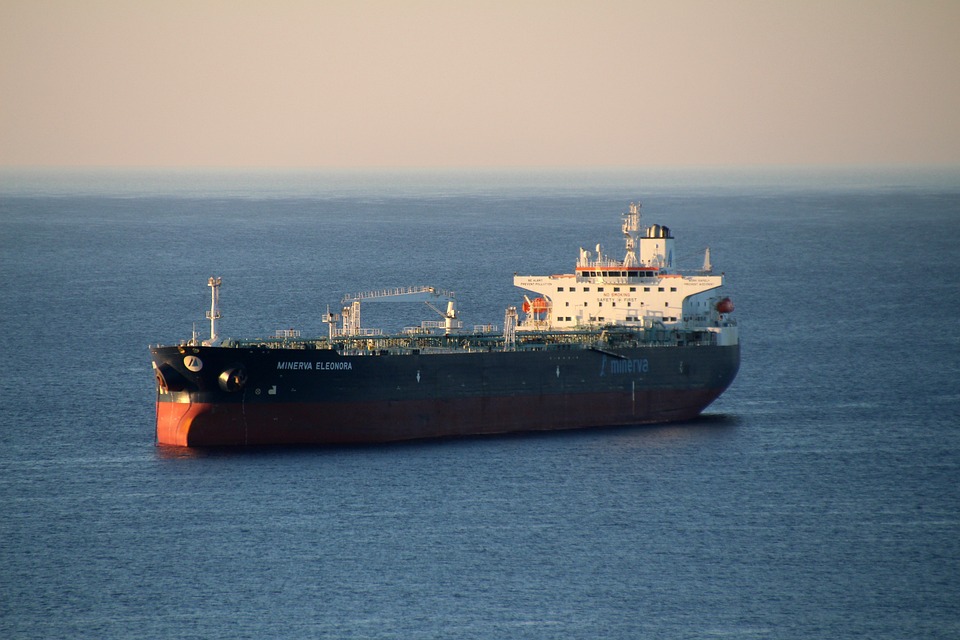
The "Gatekeeper" of a Good Cup of Coffee: Understanding the Coffee Filter.
As a seasoned veteran with 20 years of experience in the import and export industry, I have witnessed the flourishing development of China's coffee culture. Nowadays, an increasing number of coffee enthusiasts are pursuing the ritualistic experience of hand-brewed coffee, and as a key tool in this process, the import volume of coffee filter cups has been steadily rising year by year.
The coffee filter cone may seem simple, but it holds a wealth of knowledge. It must not only ensure the quality of coffee extraction but also guarantee safety in use. As a container that comes into direct contact with food, customs regulations for it are nothing short of "stringent." Today, let me take you on a deep dive into the "customs clearance journey" of this small filter cone.
Material Showcase: The "ID Card" of Coffee Filter Cones
In import-export trade, correctly identifying the material of goods is the first step in customs clearance. Coffee filters are mainly categorized by material as follows:
- Ceramic filters: Made from clay and fired at high temperatures. Often glazed for aesthetics but fragile.
- Glass filters: Mainly composed of silica and other mineral materials, transparent and beautiful but conducts heat quickly.
- Metal filters: Commonly made of stainless steel, durable but may affect coffee flavor.
- Plastic filters: Mostly made of polypropylene (PP), lightweight but requires attention to temperature resistance.
- Resin filters: Made from melamine formaldehyde resin, low-cost but requires strict testing.
In my trade practice, I often encounter cases where clients face customs clearance delays due to inaccurate material declarations. Remember: material is the first checkpoint in customs supervision—always declare truthfully!
Safety Red Line: Regulatory Requirements That Cannot Be Ignored
As food contact materials, coffee filters must comply with Chinas stringent food safety standards. According to the GB4806 series standards, filters made of different materials have varying safety requirements:
- Ceramic filters: Lead (Pb) ≤0.5mg/L, Cadmium (Cd) ≤0.25mg/L
- Plastic filters: Total migration ≤10mg/dm2
- Metal filters: Heavy metal migration must comply with standards
I once handled a batch of ceramic filters imported from South Korea that were detained by customs due to excessive lead leaching. The client ultimately had to bear the loss of return shipping. This lesson teaches us: safety standards are not formalities but red lines that must be strictly adhered to!
Customs Clearance Trilogy: From Declaration to Release
After understanding materials and safety standards, lets look at the customs clearance process for coffee filters:
Step 1: Accurate Declaration
When declaring through the "Single Window for International Trade," ensure to provide complete information:
- Product Name: Specify "Coffee Filter Cup" and the specific material.
- Brand: Name in Chinese and English
- Origin: Country of origin
- Model: Specifications
Step 2: Customs Inspection
Customs will conduct inspections based on risk levels:
- Document review: Verify the completeness of declaration materials
- On-site inspection: Examine the actual condition of goods
- Laboratory testing: Focus on indicators such as heavy metals and plasticizers
Step 3: Conformity Assessment
If the test passes, the goods can be released; if not, importers face two options:
- Return shipment: Send back to the country of origin
- Destruction: Destroy under customs supervision
I remember last year there was a batch of resin filter cups imported from Japan that had to be returned due to excessive formaldehyde migration. The client initially wanted to "make an exception," but food safety is no small matter, so they ultimately had to accept the loss. This serves as a reminder: always ensure imported products comply with Chinese standards before shipment!
Practical advice for importers
Based on years of experience, Ive summarized a few suggestions:
- Pre-testing: Conduct third-party testing in the country of origin before shipment
- Complete labeling: Products must include necessary information such as materials and usage instructions
- Choose reliable suppliers: Prioritize manufacturers with Chinese certifications
- Stay updated on regulations: Keep track of food safety standard updates
Though coffee filter cups may seem small, they impact consumer health. As importers, we must seize business opportunities while upholding safety standards. I hope this guide helps you smoothly import high-quality coffee filter cups, ensuring every pour-over is safe and delicious!


 Follow Customer Service WeChat
Follow Customer Service WeChat